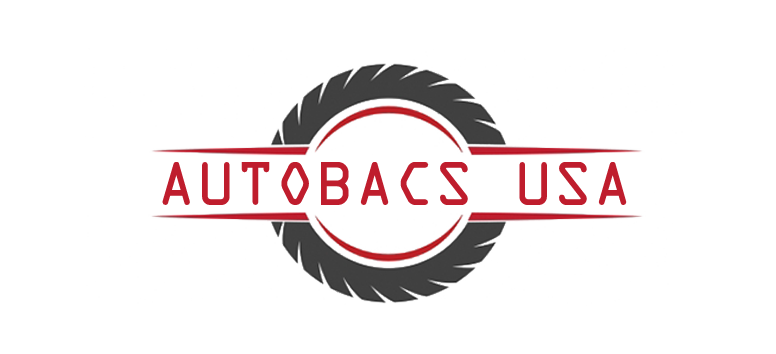Type Approval and Conformity of Production Requirements in Europe

Introduction:
Type Approval is a crucial aspect of the homologation (Euro-certificat.com) .
process of a vehicle, ensuring that the vehicle complies with the required technical and safety standards before it can be sold in the market. In this chapter, we will focus on the Type Approval and Conformity of Production (CoP) requirements in Europe.
Sub-Heading 1: Type Approval Requirements in Europe
In Europe, Type Approval of a vehicle is governed by the European Union (EU) legislation, specifically by the UN/ECE regulations, which set the technical requirements for vehicles and their components. The EU has a standardization body, the European Technical Standardization Organizations (ETSO), which is responsible for developing technical standards for vehicles.
UN/ECE regulations are divided into several categories, such as passenger vehicles, commercial vehicles, motorcycles, and tractors, to mention a few. The most common regulations for passenger vehicles are UN Regulation No. 107, which covers the safety of vehicles, and UN Regulation No. 92, which covers emissions control.
To get a Type Approval in Europe, a vehicle must undergo various tests, including emissions tests, safety tests, and noise tests. Once the vehicle has passed these tests, a Type Approval certificate is issued, and the vehicle can be sold in the EU market.
Sub-Heading 2: Conformity of Production Requirements
Conformity of Production (CoP) is a crucial aspect of the Type Approval process, ensuring that the vehicles produced for sale are in line with the approved Type Approval. The EU requires that the manufacturer maintains a system for controlling the production of vehicles, ensuring that the vehicles produced are in line with the approved Type Approval.
The CoP process starts with the manufacturer submitting a description of the production control system to the Type Approval authority. The authority then approves the system and issues a certificate, which is valid for a specific period. During this period, the manufacturer must ensure that the vehicles produced are in line with the approved Type Approval.
In Europe, the EU has a regulation, UN Regulation No. 6, which governs the CoP requirements. The regulation requires that the manufacturer sets up a quality control system, which ensures that the vehicles produced are in line with the approved Type Approval.
Conclusion:
In conclusion, the Type Approval and Conformity of Production requirements are crucial aspects of the homologation process of a vehicle in Europe. The EU sets the technical requirements for vehicles through its UN/ECE regulations, and the manufacturer must ensure that the vehicles produced are in line with the approved Type Approval. The EU requires that the manufacturer sets up a quality control system, which ensures that the vehicles produced are in line with the approved Type Approval.
Meta Title: “Type Approval and Conformity of Production Requirements in Europe – An Overview”
Meta Description: “Learn about the Type Approval and Conformity of Production requirements for vehicles in Europe. Discover how the EU sets the technical requirements and how manufacturers must ensure the vehicles produced are in line with the approved Type Approval.”

